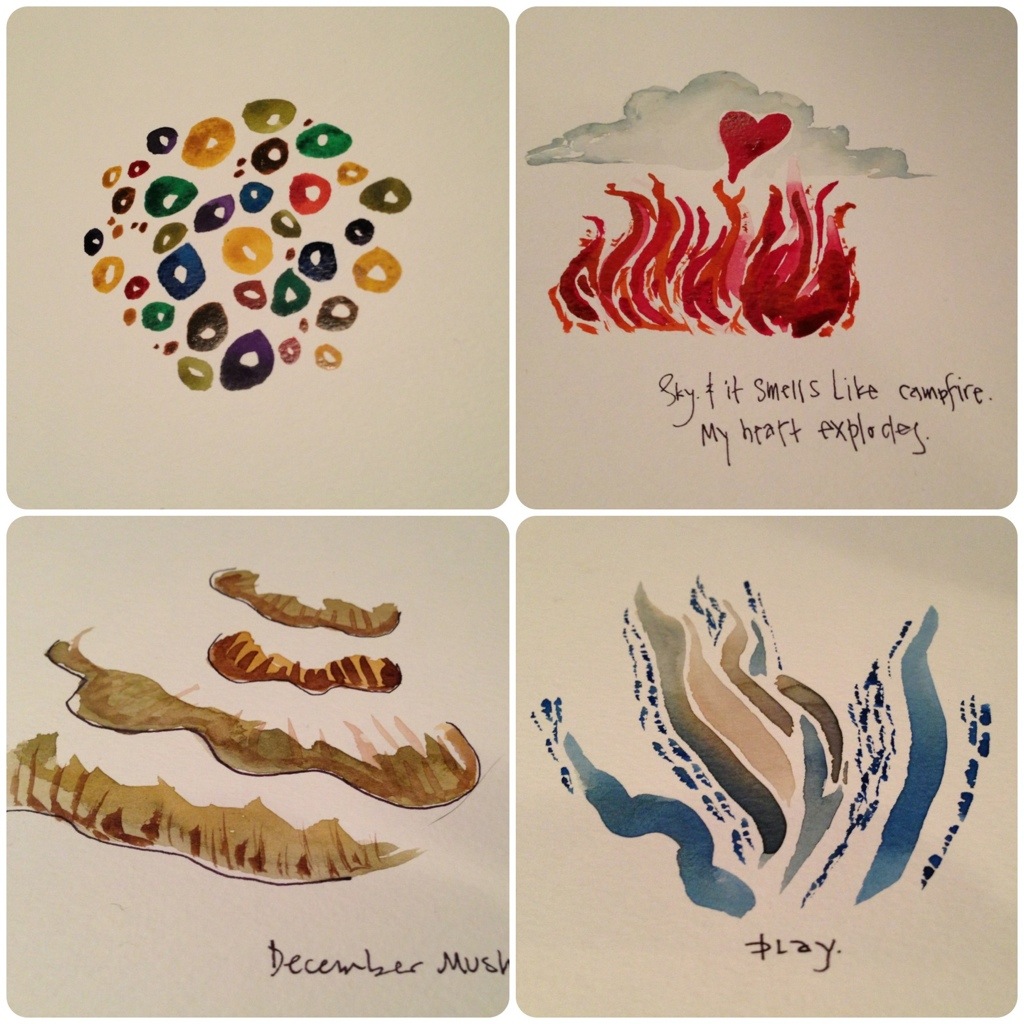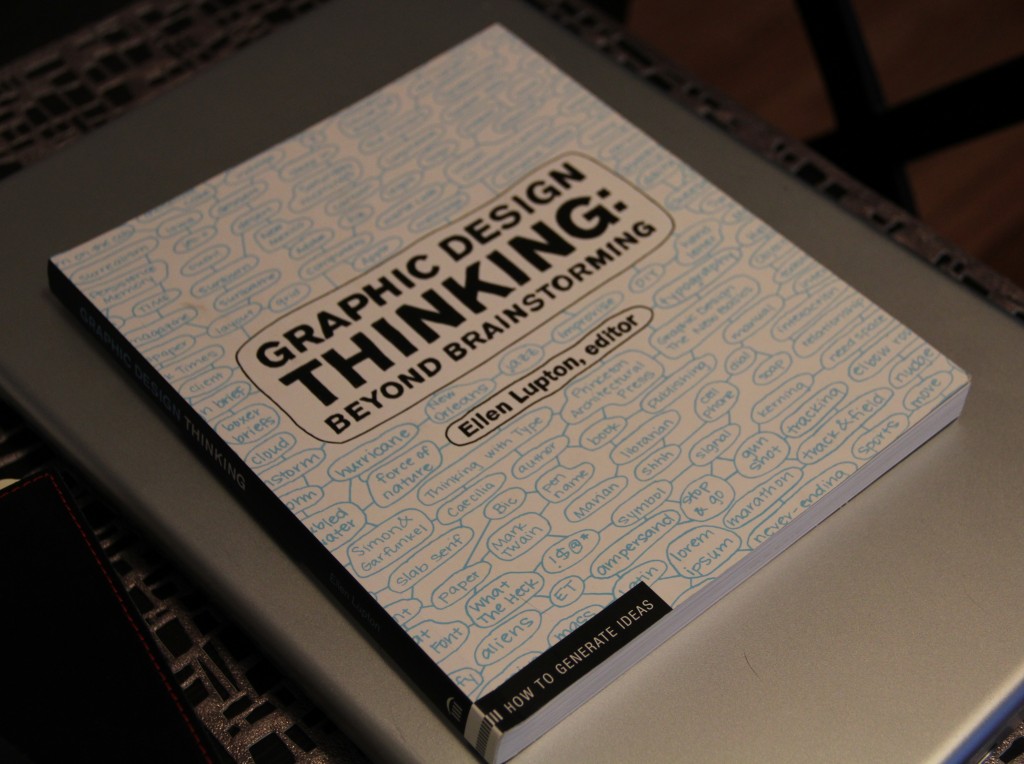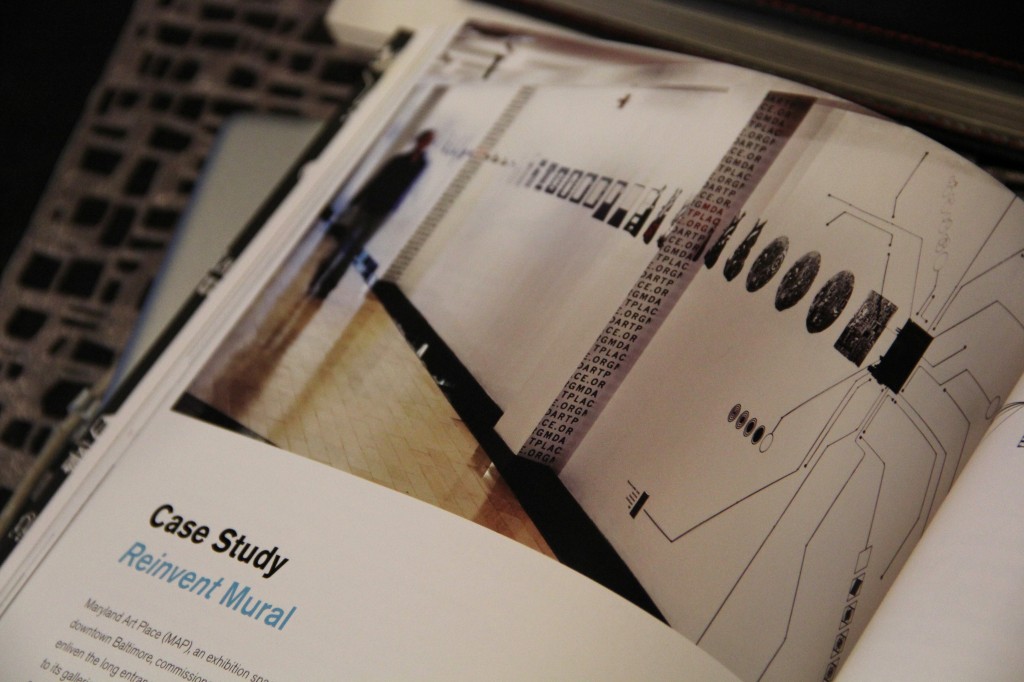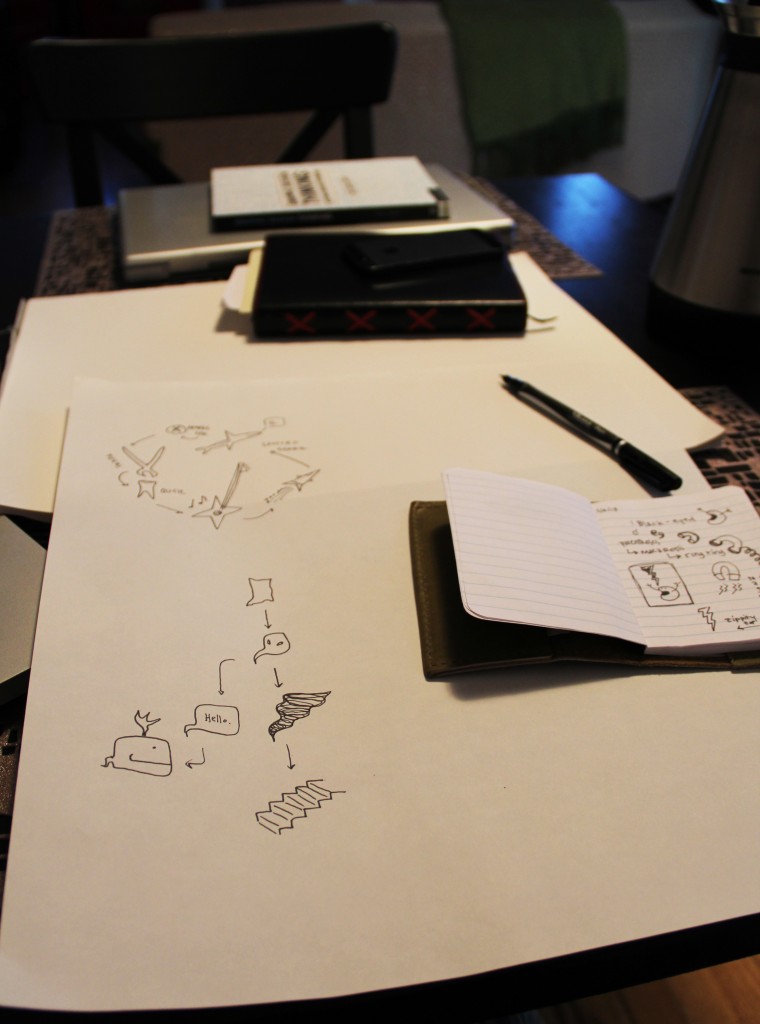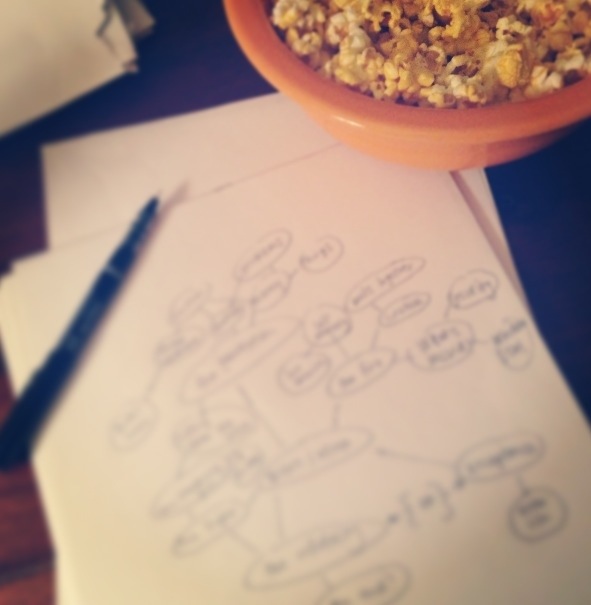Before I met him, I’d heard a lot of stories about Jeremy from Jeb – he’d moved around, taken a big leap of faith that didn’t exactly work out. A vinyl collector, a VW bus rehabber. He was really into “Tribal Leadership,” and by the way, I just had to read this book.
So I did read that book. The things that captured my attention – it offered a lens to run an organization’s language through to determine overall health. And there was this business about forming triads, getting people together in groups of three being a magic number. I understood, sort of, but it’s hard to really “get it” until you see a triad play out.
Someone decided the three of us should get together, either Jeb or Jeremy, to form a triad. It was impossible to build an expectation for this experience. I only knew that Jeremy would take us through some exercises, and we’d talk about stuff – some work-related, some more personal. I didn’t know Jeremy much at all – at that point we had met once over lunch. In hindsight, I knew Jeb less than I thought I did, as I’d come to find out.
Back in February, we met at the Speak Easy, a tech co-working space in Broad Ripple. Jeremy asked us to share three types of stories. First, a high-five moment, featuring a highlight, an achievement, a celebration. Then there was a time we got angry, or a hell no moment. Finally, the most difficult to share: a low point, when things got really bad.
I can be sort of guarded, until I’m not. I had a choice to make: I could make up some fake low point story, or just tell part of it that gave a sliver of truth, or I could be open and tell the real thing. Here I was, in mixed company – someone I barely knew, and someone I knew-but-didn’t-know.
I went with truth. And I cried in front of a stranger and my boss. I felt weak and vulnerable. But then, that passed. They each told their stories, too, and we shared a collective raw honesty that I would expect only amongst old friends.
As we shared our stories, Jeremy noted some key words he heard us repeating and shared insights along the way. Without intention or design, the things I shared had a common “challenge” theme. I never said this explicitly, but in my choice of stories and words, I had told him that challenges were really important to me, that I was wired to need a good challenge to do my best work.
It was an emotionally-charged and deep learning experience. Giving into vulnerability, losing all facade, steeled me with an unexpected fearlessness. Sharing our stories had drawn us closer, invited trust. We continued to meet, to share things we’d written, to serve as a sounding board for one another.
Being one to poke fun at trust falls, let’s-hug-it-out type sessions or anything touchy-feely, I didn’t know how I’d feel about this. But it was different. We built towards the low point. There was (thank goodness) no hugging it out or anything of that ilk. Jeremy asked the right kind of questions, had the right demeanor to create a low key atmosphere without a lot of pressure or stress. It was a small enough group.
Three is kind of a magic number.
This post is part of Think Kit by SmallBox
Today’s prompt: “Who made a difference for you this year?”


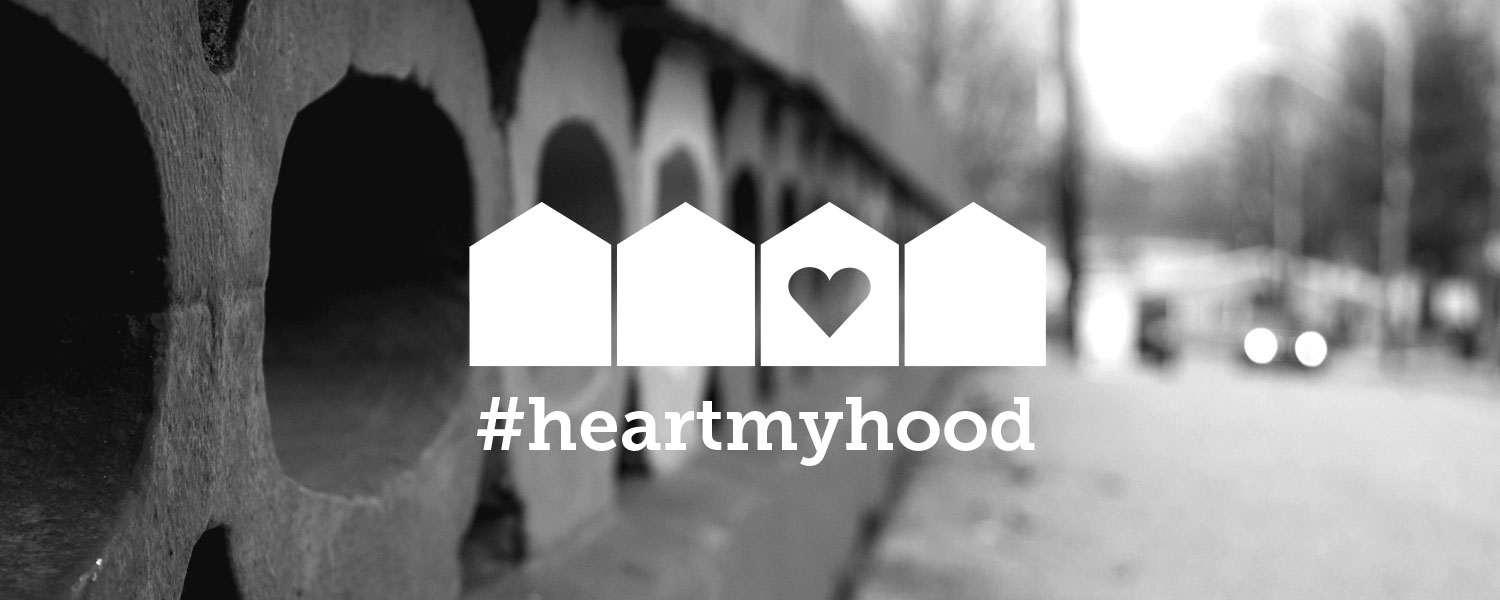
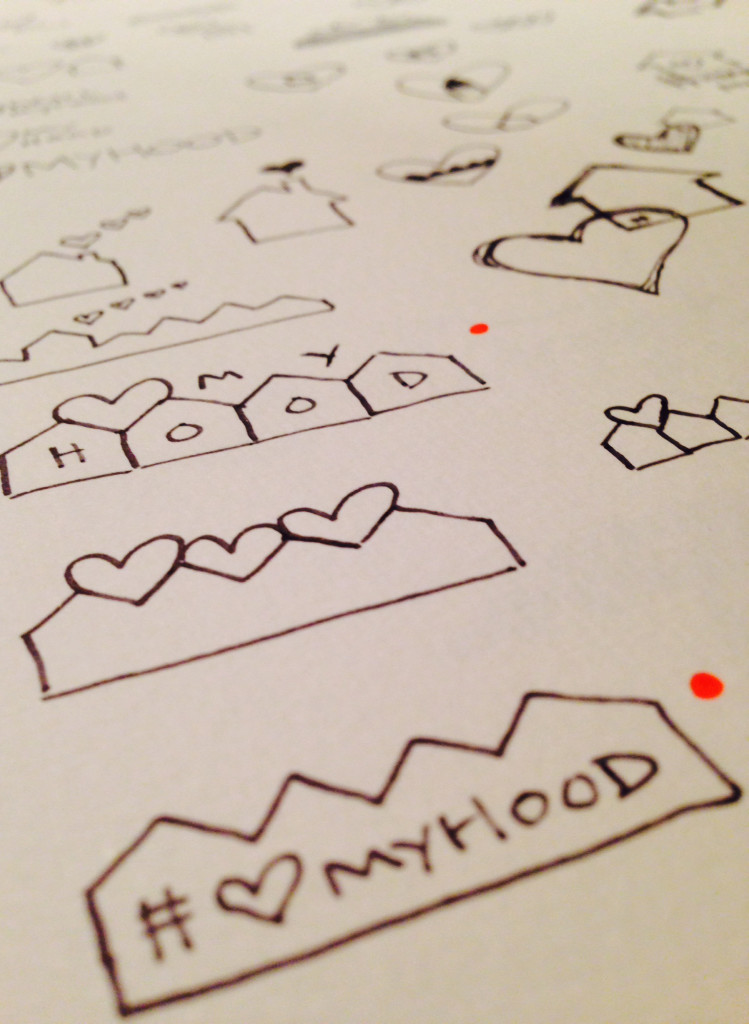

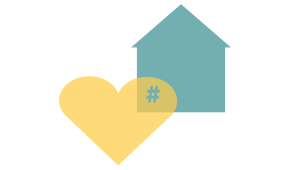
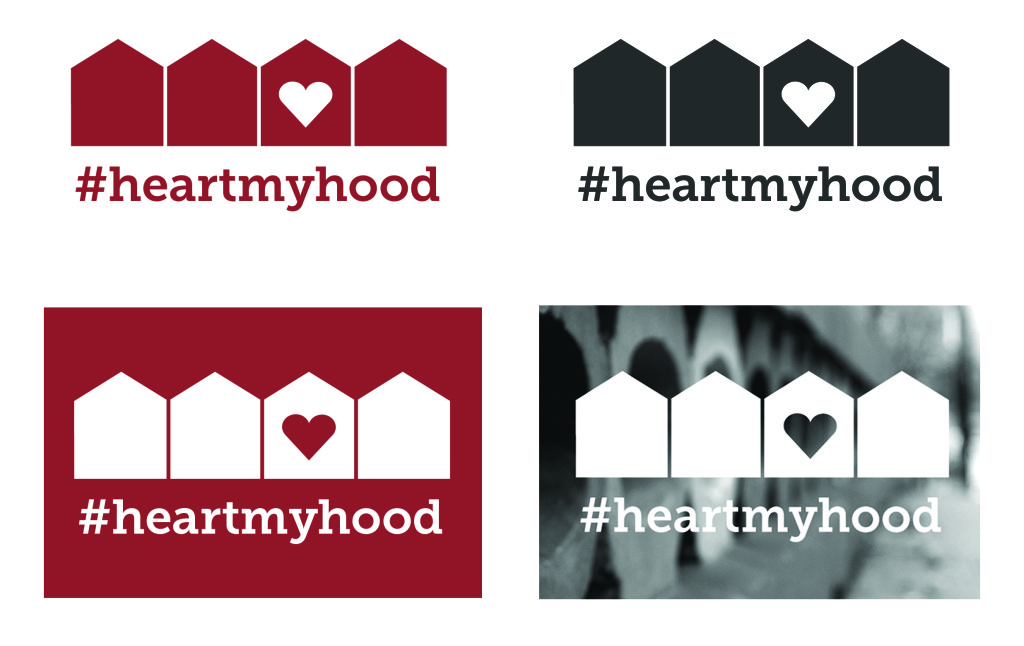

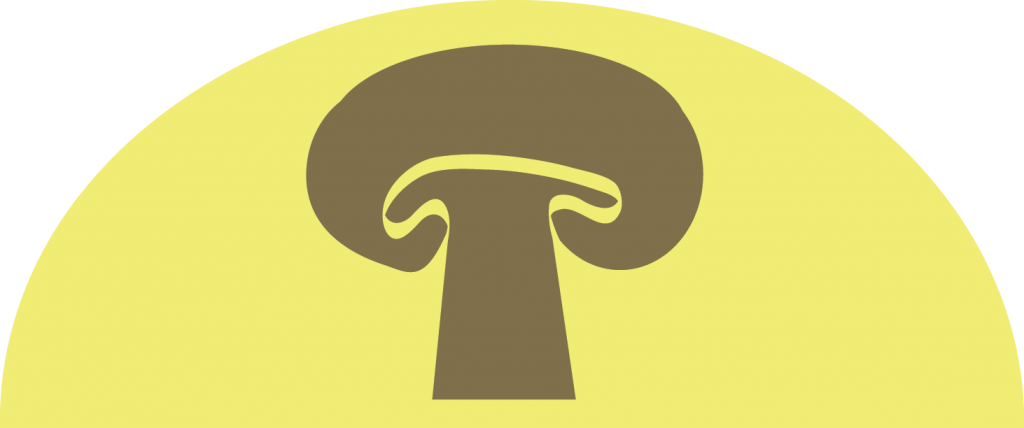
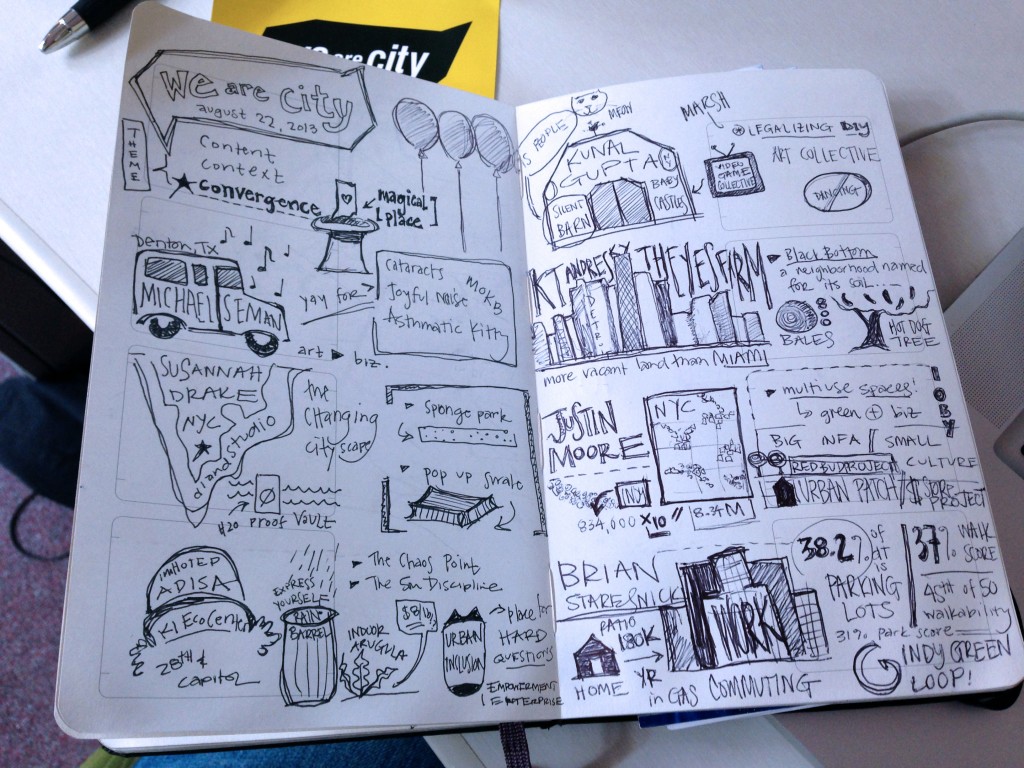
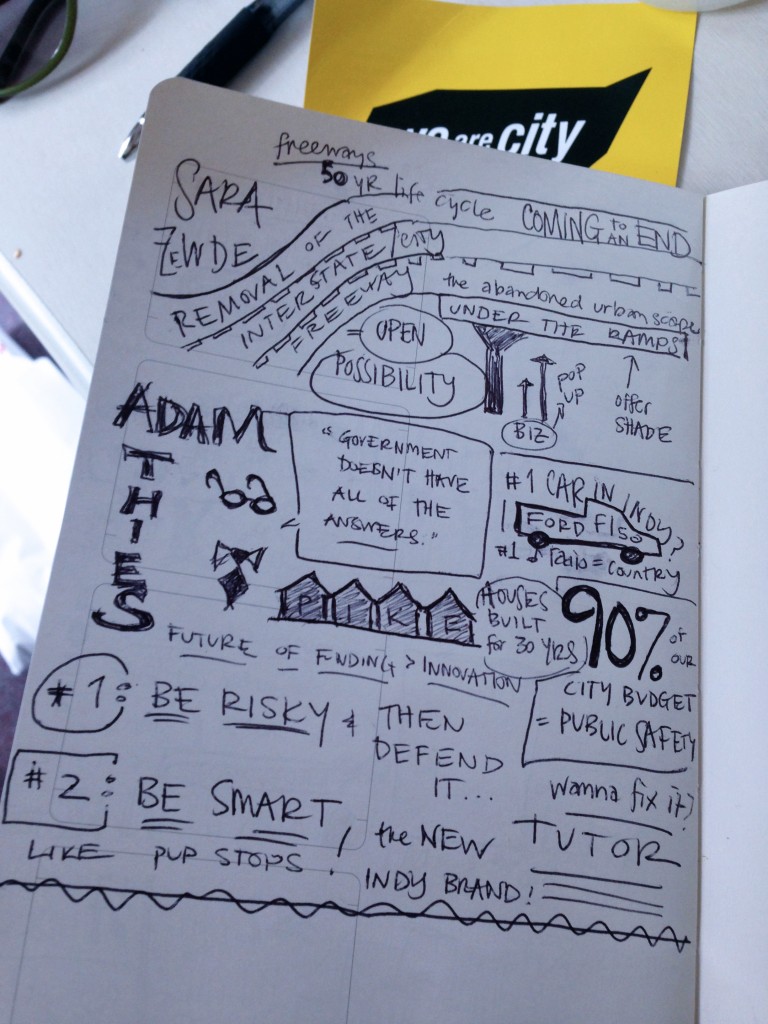
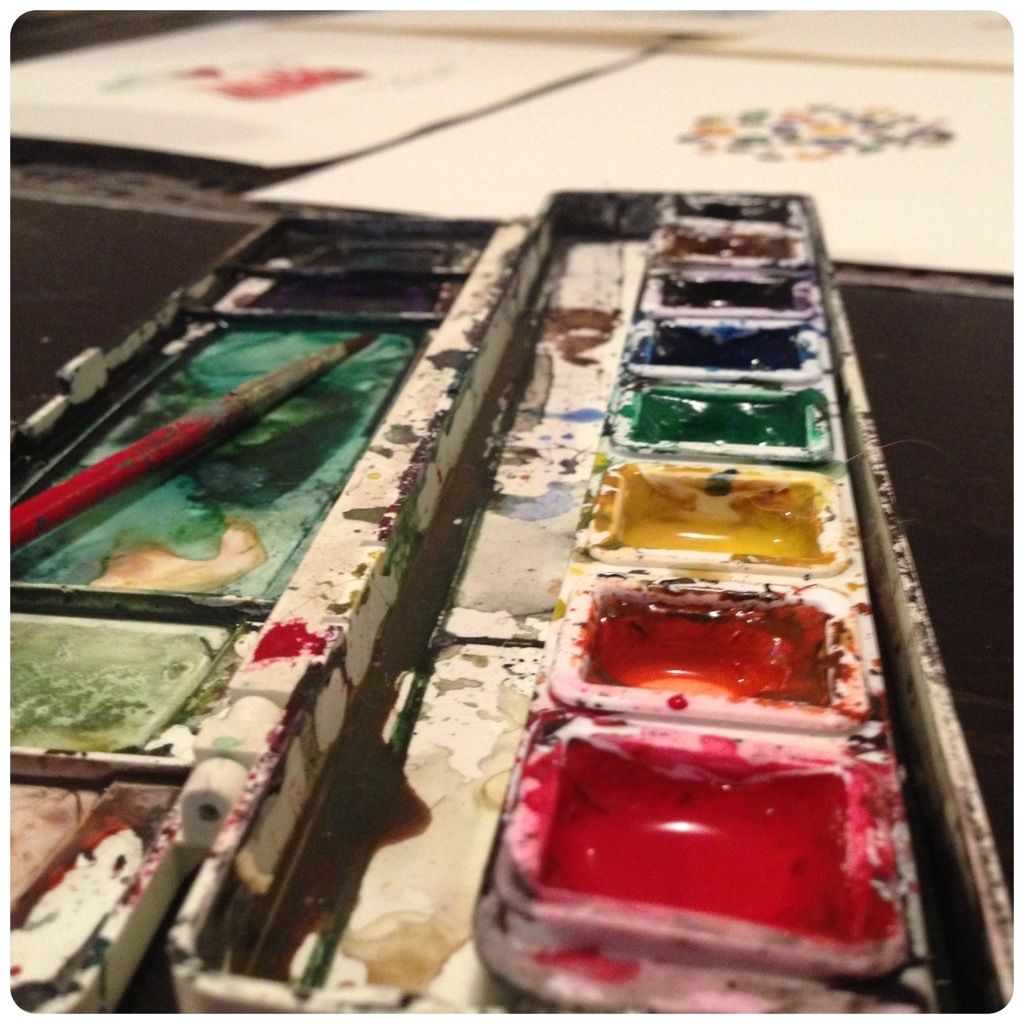 Each participant was to create a 5″ x 5″ piece to be framed together – any style, any medium, so long as it was flat and related to the theme PLAY. I chose watercolor for my medium.
Each participant was to create a 5″ x 5″ piece to be framed together – any style, any medium, so long as it was flat and related to the theme PLAY. I chose watercolor for my medium.